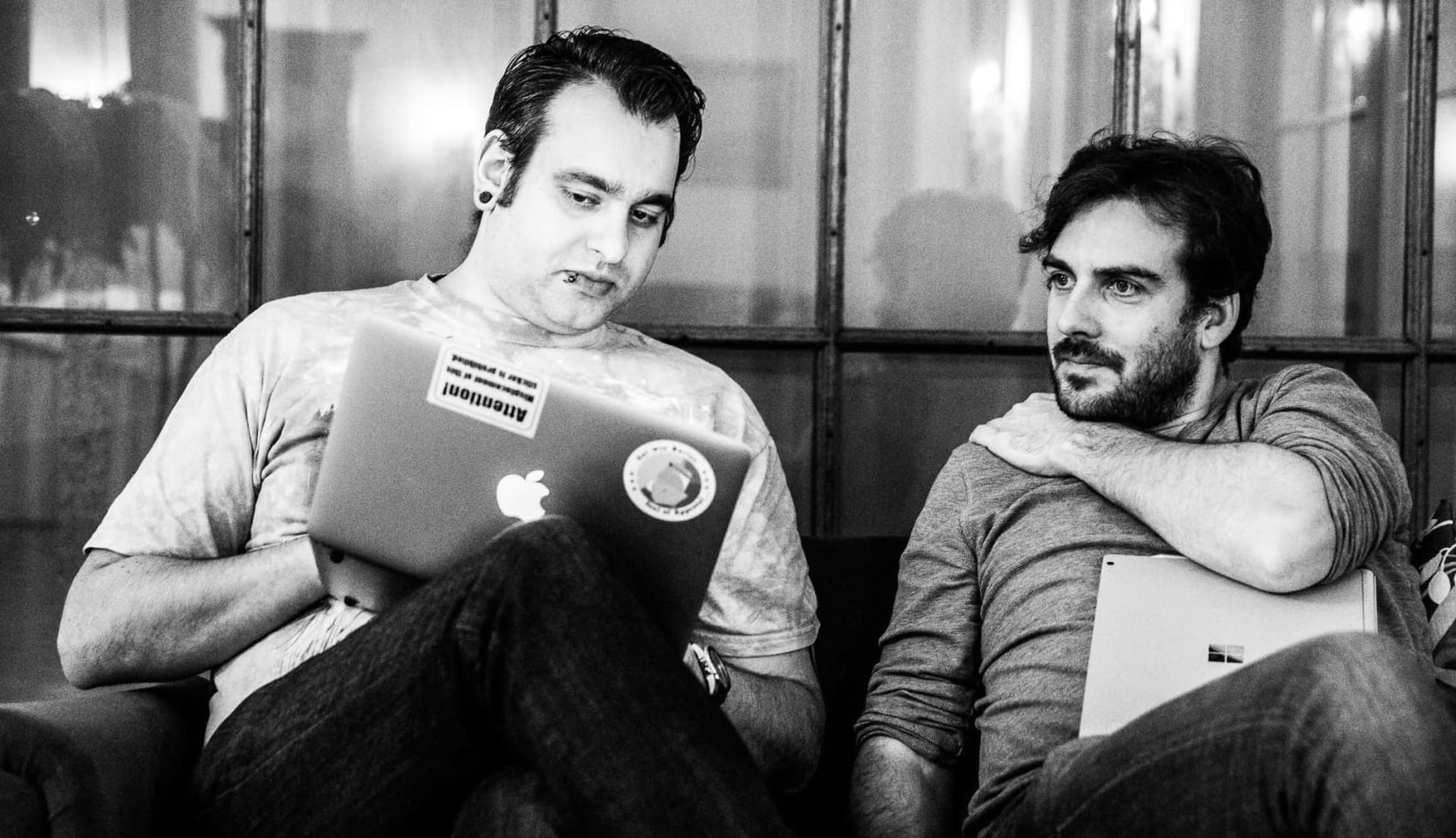Sustainable and scalable
Design future-proof and scalable web architectures. Learn how to use proven technologies and methods to develop powerful web applications.
In this training you will learn how software architecture for web applications should be. Reverse proxies, caching, intermediates, HTTP 1/2/3, SSR, SPA, OpenID-Connect - these are just some of the technologies you need to know to design a modern web application. That doesn’t just follow hypes, but is sustainable and scalable. That doesn’t fight against the web, but takes full advantage of its native technologies.
We’ll show you the concepts, architectural options and decision alternatives you need to have up your sleeve, regardless of a particular programming language or framework.
The web is the standard technology for modern application development. Whether desktop or mobile, internet or intranet, the browser is the universal tool of choice for the realization of new UIs. But also in fields away from UIs, such as the backend-to-backend communication, web technologies lead the way. Through its omnipresence, the web ecosystem is flourishing like no other in IT. This however also means that it is almost a full-time job keeping track of available frameworks, tools and even protocols. Whether HTTP/2+3, OpenID Connect, or the latest JavaScript framework, new standards are emerging at every level. But how should these new developments be classified? And what is actually relatively constant in this fast-paced environment?
A web application that is subject to high nonfunctional requirements is a complete solution that consists of many individually developed components but also many standard components. Individual tools are therefore only a small building block of the whole system. In this training you will learn independent of a specific programming language or web framework the concepts, architectural options and decision alternatives that you must take into consideration for web applications.
Your Benefits
Deep understanding of the architecture of the web
Design and implement highly scalable architectures
Develop sustainable and robust applications
Audience
You already have experience with distributed systems – ideally web applications. You also have basic knowledge of the web technologies HTML, CSS, JavaScript as well as at least one server-side framework.
Training Objectives
Basics, protocols and standards
Architectural styles
Technology and infrastructure
Design of web architectures
Quality of web architectures
Example architectures
Your Trainers

Stefan Bodewig
INNOQ
JVM and .NET development, member of the Apache Software Foundation
- Web-native Software Architecture
Stefan Bodewig works as a Senior Consultant at INNOQ. Stefan became involved with the Apache Software Foundation in 2000 when he started to send patches for Apache Ant. He was the first release manager of Ant and still regularly contributes to it. He is a member of the ASF, the PMC chairman of Apache Gump and can also be found in the Commons, log4net and Lucene.NET projects. During the incubation of Ivy and Lucene.NET Stefan acted as one of the projects’ mentors.

Till Schulte-Coerne
INNOQ
Ergonomic web applications, ROCA contributor
- Web-native Software Architecture
Till Schulte-Coerne is a Senior Consultant at INNOQ and has been implementing web applications with various technologies and frameworks for many years. His focus is on the architecture and implementation of scalable, ergonomic web applications. Furthermore, he is co-initiator of the frontend architecture variant ROCA. He is a regular trainer for workshops especially on the topic of web architecture and web frontend technologies and has also written several articles on this topic.
Read in & go deeper
-
Optionen der Frontend-Integration
Die Integration von Daten und Funktionalität im Frontend ist ein mächtiges aber trotzdem relativ selten beleuchtetes Thema. Dieser Artikel soll versuchen gängige Muster aufzuzeigen und kurz mögliche Vor- und Nachteile zu benennen. Artikel lesen
-
Das technologische Rückgrat des Webs
Lucas Dohmen und Robert Glaser haben sich in dieser Folge einiges vorgenommen. Gemeinsam gehen sie der Frage nach: “Was passiert, wenn man im Browser Enter drückt?” und sprechen damit über nichts geringeres als das Rückgrat des World Wide Webs. Schritt für Schritt arbeiten sich die beiden durch die 3 Säulen des Webs – HTML, HTTP und URLs – bevor sie beim Kern des Pudels ankommen: dem statuslosen Request-Response-Zyklus mit Headern. Podcast anhören
-
Cookies
“Ich akzeptiere Cookies”. Jede:r von uns akzeptiert sie mehrmals am Tag. Doch was passiert dabei eigentlich genau? Darüber sprechen Stefan Bodewig, Lucas Dohmen und Till Schulte-Coerne in dieser Folge. Ein zentrales Thema ist: Wozu benutzen wir Cookies und in welchem Zusammenhang stehen sie mit Sessions? Zudem beleuchten Lucas, Till und Stefan, wie Cookies aufgebaut sind und wie sie funktionieren. Außerdem: wie lange gelten Cookies? Wer legt das eigentlich fest und wo liegen sie herum? Podcast anhören
Online Courses
On-site Courses
Event ticketing software by pretix
In-House Training
You can also book this training as an in-house training course exclusively for your team. Please use the enquiry form for more details.
Enquire nowRelevant Other Training Courses
Infrastructure, Containers and Cloud Native
Deploy and Operate Cloud Applications
Technology 20Methodology 10Communication —from 2,025 €
iSAQB® Module CLOUDINFRA
Learn how to handle the operation and maintenance of web applications in cloud-native environments.
from 2,025 €
iSAQB® Module WEBSEC
In this training course, you will find out what attack scenarios there are and how you can secure your web application.
from 600 €
Workshop
Are you aiming for the iSAQB CPSA-A certification and want to prepare yourself optimally for the exam? You've come to the right place.




